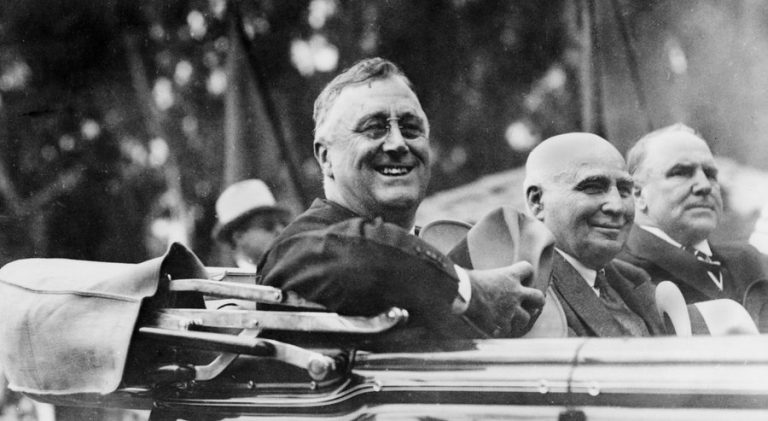Sept. 1, 2016
By JANET WHITCOMB
During the Great Depression, President Franklin Roosevelt’s New Deal program, aimed at reducing unemployment as well as providing services, initiated a number of oganizations. Perhaps the most famous of these was the Civilian Conservation Corps.
Originally the CCC provided outdoor-based jobs such as soil conservation and firefighting for young men ages 18 to 21; later the age range would include 17- to 28-year-olds, as well as veterans.
On May 30, 1933, Company 545 became Orange County’s first CCC camp, headquartered in San Juan Capistrano. The following year, Company 545 was replaced by Company 912. In his 2014 book, “The New Deal in Orange County, California,” Charles Epting states that Company 912 worked with the local Works Progress Administration, another New Deal organization, to build San Juan Capistrano’s fire station. Company 912 also worked at Doheny and San Clemente state beaches, creating stone gutters, constructing campgrounds and building offices and other structures.
…
Read more at the Orange County Register

